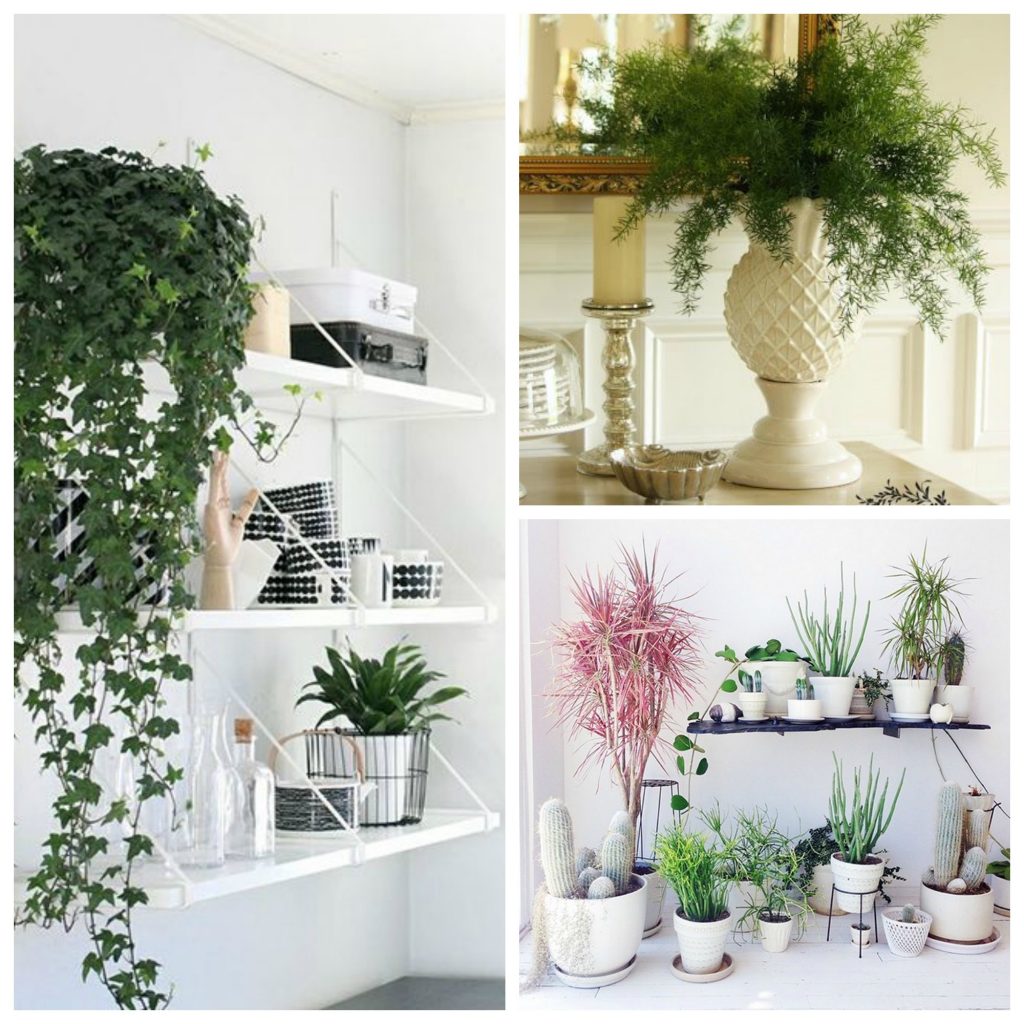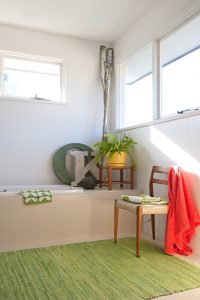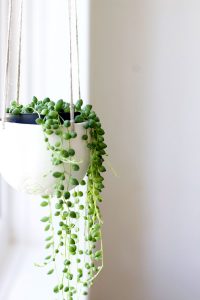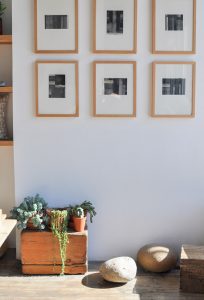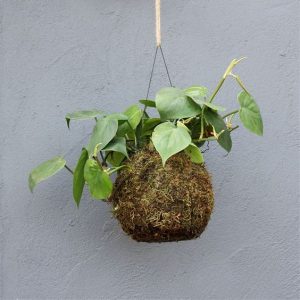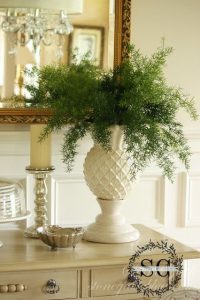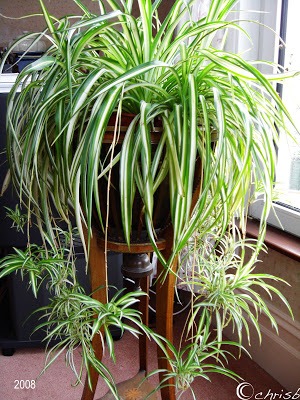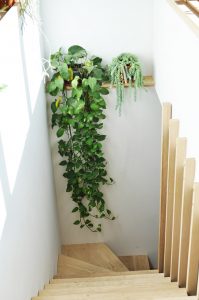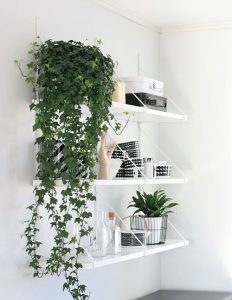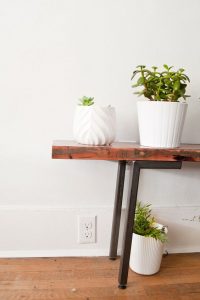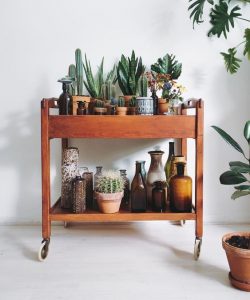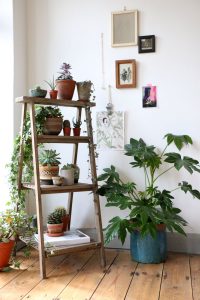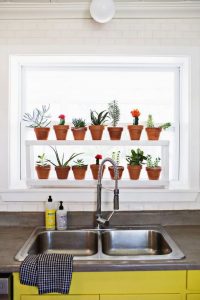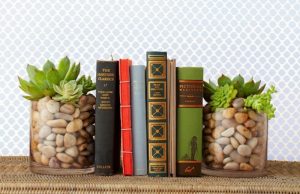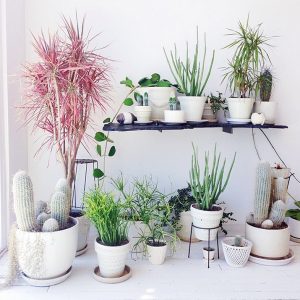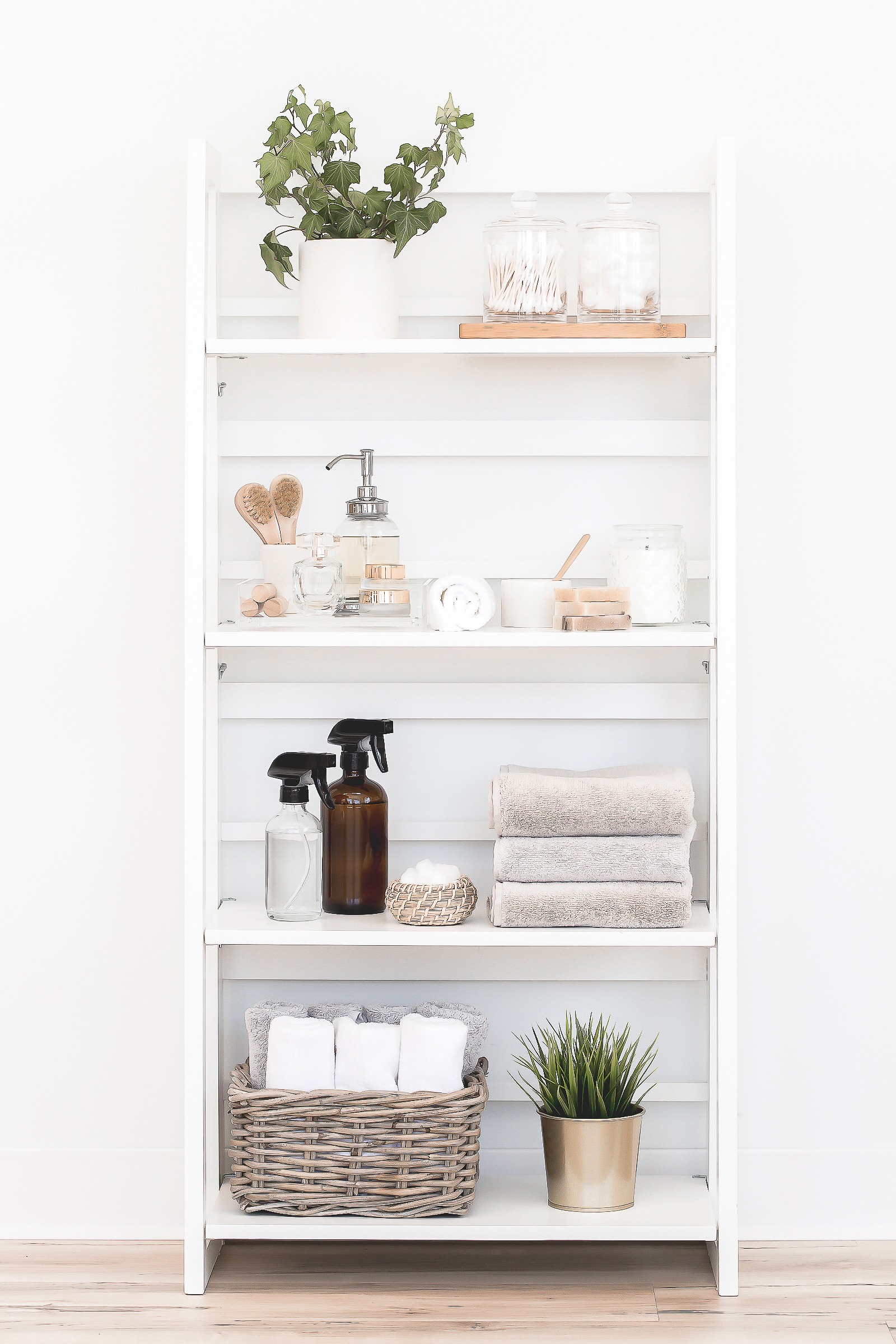7 Hard to Kill Plants and How To Incorporate Them With Style
I'm currently obsessed with indoor plants. Everyone else must be as well if Pinterest is any indication. They're not your grandmother's' plants anymore. They bring the outside in and lighten and brighten your interior instantly giving it appeal and looking stylish to guests. What's fresher than a plant?
The best part is that there are some that are low maintenance. Your hardest part will likely be selecting where to place it and what to put it in. Adding them in will have so many benefits from filling in an empty space you didn't know what to do with, to adding drama, to cleaning and purifying the air. We could all use a little of that right?
Another added benefit is that they relieve stress and anxiety and help you sleep better. Studies show that spending time in nature greatly reduces stress levels. So why would not simply bring nature indoors to your environment? Especially in fall and winter when you don't get out as much as you did in the summer.
When it comes to house plants, the options are endless: from succulents to potted plants to herb gardens and more!
So, as I search for how I'd like to incorporate plants into my apartment when the remodeling is completed, I’ve compiled the best low maintenance plants for you with ideas on how to incorporate them. Remember though, these ideas are just that. Think outside the box so you come up with unique ideas on how to decorate with your plants.
So, on with the plants!
Boston Fern
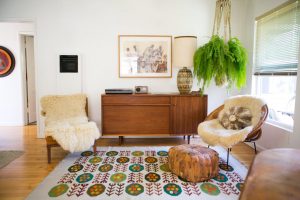
A favorite of mine, Boston ferns are known as the perfect porch plant. I envision long, wrapping porches or plantations. You can have them to if you follow the care that they need. They thrive in lots of indirect light and humidity. Full afternoon sun can burn fragile fronds. In areas like mine in Florida, they thrive in the humidity and make an attractive groundcover in shaded planting areas. I have a few spots in my yard using them as planting area ground cover. You can bring Boston ferns indoors remembering that they should be placed near a window, but not in direct sunlight.
String of Pearls
Via Lobster and Swan and Bookhou
Like most succulent plants, the string of beads requires little care. String of pearls is drought tolerant and can survive long periods without water. Be careful not to overwater as it can cause root rot. This plant grows well in bright light, including sunlight with average indoor temperatures around 72.
Heartleaf Philodendron
Via Plantify
The Heartleaf philodendron, also known as the Sweetheart plant, is a popular houseplant because of its ease. Its name means “love tree” in Greek. This plant likes medium or bright indirect light. Never put any philodendron plant in direct sun. With proper care and attention, you can train it to either vine or be bushy.
Asparagus Fern
Via Stone Gable
Asparagus fern plant is typically found in a hanging basket, adorning a deck or porch overhang. Outside, they enjoy part sun to a shady location for best foliage growth.
Caring for asparagus ferns is actually quite easy. The frilly, feathery asparagus fern plant appears soft and fuzzy to the touch, but actually has thorny spurs. When growing and you find they have small flowers and berries, then you know it is happy with its location. To propagate, simply plant the berries.
Spider Plant
Via Chris B
The spider plant is often considered one of the easiest to grow. This plant is so adaptable and can grow in a wide range of conditions. Caring for them is easy and they are tough plants that can tolerate lots of abuse. They thrive in well-drained soil and bright, indirect light.
Pothos
Via Bookhou
Pothos is a trailing houseplant in a variety of leaf patterns & colors that are easy to care for & especially tolerant of lower light conditions and the lower the light, the less variegation &/or color your plant will have. Particularly low maintenance, this plant needs water only every 7 to 10 days.
English Ivy
Via Lauren Conrad
English ivy is a vigorous and aggressive perennial vine that is so aggressive that it is regarded as invasive. Ivy is a common houseplant, that it needs bright light. The variegated ivies can lose their color variation if they don't have enough light. It does not like direct summer sun which can lead to leaf burn. Indirect light is best and it prefers to be at cooler temperatures likes humidity.
Find unexpected ways to incorporate plants into your decor...
Benches
Via Mox and Fodder and My Domain
If you have a lot, create a focal point using a bench or cart.
Use a Bar Cart
Using a bar cart to style your multitude of plants for a unique spin.
Use a ladder
This is another spin on decorating when you have a lot of plants and creates a great rustic focal point.
Decorate a Window
Via A Beautiful Mess
A great way to decorate with the plants that love light is to utilize your windowsill or a plant shelf within that window area.
Bookends
Via Country Living
Another great way to decorate with plants is to plant succulents in a sturdy container and flank a row of books to serve as bookends. Genius.
Matching Pots
Via Designlovefest
A great way to create a cohesive flow of your plant focal point is to use the same color pots in a variety of sizes and styles.
Hanging or placing plants out of reach in your indoor gardens is needed to ensure safety if you have children are pets. A large majority of plants are toxic or poisonous for children and pets. Additionally, if plants are off the ground you’re less likely to forget them and not give them needed care.
I’d love to hear what plants you have or want and your plan to incorporate the plants into your home’s decor. I can't wait to hear your thoughts! ?
